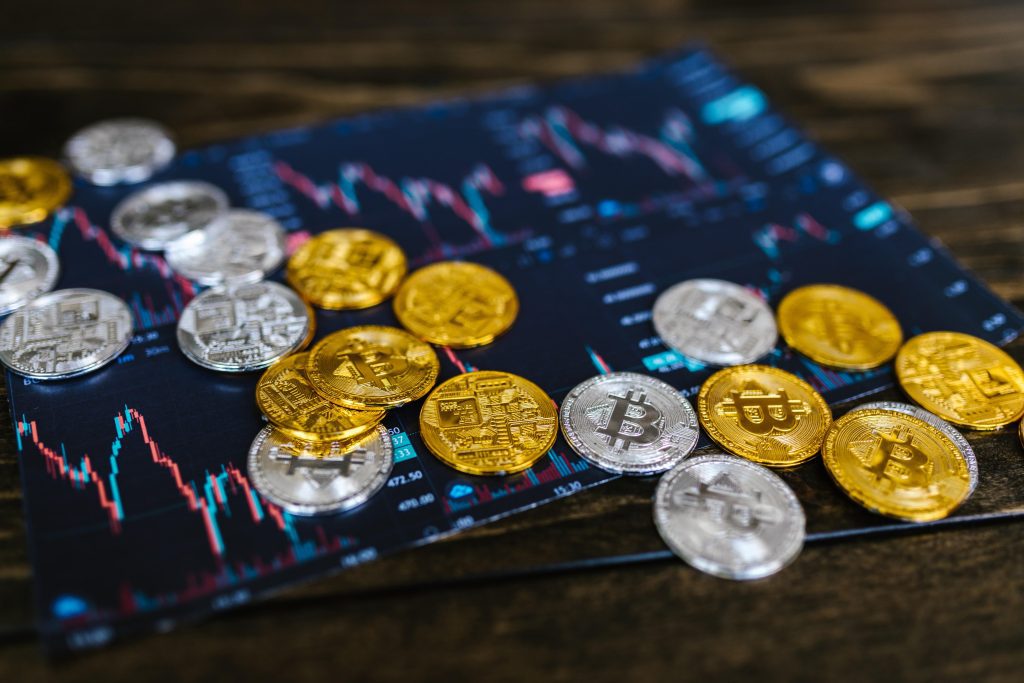
In the ever-evolving landscape of cryptocurrency, stablecoins have gained significant traction for their ability to offer stability amidst the volatility of the market. Among the myriad of stablecoins available, Tether (USDT) stands out as one of the most widely used and trusted. With its value pegged to the US dollar, USDT provides a reliable means of transferring value across different cryptocurrency exchanges and platforms. If you’re looking to buy USDT, you’ll find several methods available, each with its own advantages and considerations. In this guide, we’ll explore the best ways to purchase USDT to help you navigate the process effectively.
Cryptocurrency Exchanges:

Cryptocurrency exchanges serve as primary platforms for buying, selling, and trading various digital assets, including USDT. Exchanges like Binance, Coinbase, Kraken, and Huobi offer USDT trading pairs, allowing users to purchase USDT directly with fiat currencies such as USD, EUR, or GBP, as well as with other cryptocurrencies like Bitcoin (BTC) or Ethereum (ETH). To buy USDT on an exchange, you’ll typically need to create an account, complete the verification process, deposit funds, and place a buy order for USDT. Keep in mind that exchange fees, liquidity, and security measures vary across platforms, so it’s essential to research and choose a reputable exchange that aligns with your preferences and requirements.
Peer-to-Peer (P2P) Platforms:
Peer-to-peer platforms enable direct transactions between buyers and sellers without the involvement of intermediaries. Platforms like Cryptomus, Paxful, and LocalCryptos facilitate USDT purchases by connecting buyers with sellers who accept various payment methods, including bank transfers, PayPal, and cash. P2P trading offers flexibility and privacy, allowing users to negotiate prices and payment methods based on their preferences. However, it’s crucial to exercise caution and verify the credibility of counterparties to mitigate the risk of scams or fraudulent activities. Additionally, P2P platforms often charge fees for their services, which buyers should consider when making transactions.
Cryptocurrency ATMs:

Cryptocurrency ATMs, also known as Bitcoin ATMs, have become increasingly prevalent in various locations worldwide, providing convenient access to digital assets. While most cryptocurrency ATMs primarily support Bitcoin transactions, some machines also offer USDT purchasing options. Users can locate USDT-enabled ATMs using online directories or specialized mobile apps and complete transactions by depositing cash or using debit/credit cards. Cryptocurrency ATMs typically charge higher fees compared to online exchanges, reflecting the convenience and accessibility they offer. However, users should be aware of potential limitations such as transaction limits and verification requirements imposed by certain ATMs.
Cryptocurrency Wallets:
Cryptocurrency wallets serve as secure digital storage solutions for storing, sending, and receiving digital assets. Some wallets, such as Exodus, Trust Wallet, and Atomic Wallet, offer built-in exchange features that allow users to swap cryptocurrencies directly within the wallet interface. Users can exchange supported cryptocurrencies for USDT at prevailing market rates without needing to sign up for additional exchange accounts. However, it’s essential to choose a reputable wallet provider with robust security features and user-friendly interfaces to safeguard your assets effectively. Additionally, wallet-based exchanges may impose network fees and exchange rates, impacting the overall cost of acquiring USDT.
Over-the-Counter (OTC) Desks:
Over-the-counter desks cater to institutional and high-net-worth investors seeking to execute large cryptocurrency trades outside traditional exchanges. OTC desks facilitate direct transactions between buyers and sellers at negotiated prices, offering privacy, personalized service, and liquidity for large orders. Some OTC desks, such as Cumberland, Genesis Trading, and B2C2, also serve retail clients interested in purchasing USDT in significant quantities. While OTC trading provides advantages in terms of price negotiation and order execution, it typically requires higher minimum trade sizes and may involve additional compliance procedures. Retail investors should research reputable OTC desks and consider factors such as fees, minimum order sizes, and counterparty risk before engaging in OTC transactions.
Decentralized Exchanges (DEXs):

Decentralized exchanges operate on blockchain networks and allow users to trade cryptocurrencies directly with one another without the need for intermediaries or centralized authorities. Platforms like Uniswap, SushiSwap, and PancakeSwap offer USDT trading pairs, enabling users to exchange cryptocurrencies in a peer-to-peer manner. DEXs prioritize privacy, security, and censorship resistance, empowering users to retain control over their funds and trading activities. However, decentralized exchanges may present challenges related to liquidity, user experience, and price slippage, particularly for less liquid trading pairs. Users should exercise caution and familiarize themselves with the functionality and risks associated with DEXs before engaging in trading activities.
In conclusion, Getting the best way to buy usdt offers individuals and institutions a reliable means of accessing the benefits of stablecoin technology in the cryptocurrency ecosystem. By leveraging various methods such as cryptocurrency exchanges, peer-to-peer platforms, cryptocurrency ATMs, wallets, OTC desks, and decentralized exchanges, users can acquire USDT according to their preferences, requirements, and risk profiles. Regardless of the chosen method, it’s essential to prioritize security, due diligence, and regulatory compliance to ensure a seamless and secure USDT buying experience. As the cryptocurrency market continues to evolve, staying informed and adapting to emerging trends and technologies will empower investors to navigate the landscape effectively and capitalize on opportunities in the digital asset space.




